Destruction of native forest in the biome harms traditional communities, who depend on these resources to survive
02/02/2024
/i.s3.glbimg.com/v1/AUTH_37554604729d4b2f9f3eb9ad8a691345/internal_photos/bs/2024/4/J/bLozvOSWmMTZOXhB7SNw/2-20d.-20lucely-20pio.jpg)
Lucely Pio — Foto: Katarina Silva /WWF-Brasil
Some of the medicinal plant species used by the Xakriabá indigenous people, from the north of Minas Gerais, no longer exist. They have disappeared as a result of the advance of deforestation in the Cerrado biome, regarded as the savanna with the greatest biodiversity in the world.
“We have been struggling with [species such as] desenrola, tiborna, velame. They are becoming scarce, since they are plants from the forest, and we can no longer see them here in our territory; they are now very hard to find. When we see it, it’s just a little plant here, another there,” says indigenous leader Belo Xakriabá.
According to the Ministry of the Environment’s estimates, the biome has more than 12,800 plant species, of which 36.8% are under threat of extinction. Last year alone, the rate of destruction of native vegetation in the biome reached 43%, with the loss of 7,828 square kilometers. In total, 2,137 species have been recorded, more than 220 of which are for medicinal use.
“It’s a biome that has lost more than 50% of its coverage. And, as destruction advances, there is an intrinsic threat to its integrity and its ability to stand, from an ecological point of view,” notes forest engineer Pedro Bruzzi, a coordinator at Rede Cerrado.
He also highlights the impact on traditional communities in the Cerrado, which, in addition to indigenous peoples and quilombolas includes communities that make common use of areas of native vegetation to raise cattle freely in fields without fences, as well as evergreen pickers, among others.
“When we look at statistics and then identify in the field those who are really on the front line, we can be sure that in most cases we have original peoples and communities being expelled from their territories,” the activist says.
That’s what happened to Lucely Pio’s great-great-grandfather, the founder of the Cedro quilombola community in Mineiros, in the state of Goiás, in 1830. “His farm had 30,000 bushels, covering virtually the entire city of Mineiros and its surrounding region. There is also a river, the Rio Verde, which is full of diamonds. That was when the diggers came. They started to take land from my grandfather,” she said.
Managing medicinal plants since the age of five, when she started learning the secrets of the Cerrado’s native vegetation with her grandmother, Ms. Pio is now an activist with the Pacari network, a group that works to protect the biome and the traditional uses of its vegetation. She notes there has been shortage of species such as the jatobá, which grows slowly, at about 0.5 centimeter per year, and can take centuries to reach its maximum height, of up to 25 meters.
“Those who took over the land are the same people who cut down the forest. The community is named Cedro [Portuguese for ‘cedar’] because we used to have a lot of cedar here; today we have just a small amount. The same as with jatobá. At that time, people came with sawmills, cut them down and took them away. Alone, he [her great-great-grandfather] could not fight against it,” she said.
As a consequence, Ms. Pio says, today she relies on neighboring farms, which are dozens of kilometers away, to collect the herbs she uses in rituals and infusions. “That is a legacy that we have lost,” she notes.
According to the World Health Organization (WHO), 80% of the world’s population depends on medicinal plants for primary health care. In a survey carried out by researchers from the State University of Goiás (UEG) in 2018, with 40 residents of the city of Goiás, also known as Goiás Velho, that number is 92.5%. In total, according to the survey, local residents used 140 plant species.
According to pharmacist Debborah Gonçalves Bezerra, PhD in the Cerrado’s natural resources, and one of the researchers in charge of the study, the reduction in the availability of such herbs has direct impacts on the economy and health of the local population, who, in addition to using the plants for self-care, also sell natural medicines, the so-called “garrafadas”—hand-prepared infusions intended for various treatments.
“Furthermore, in the absence of such natural resources, the population struggles to alleviate minor symptoms that could be quickly solved, being forced to seek the Unified Health System to obtain a prescription in order to receive treatment,” she points out.
According to her, many of the herbs could also be used by the pharmaceutical industry, resulting in substantial losses, from a biological point of view. “As the availability of these plants decreases, knowledge about natural resources is also lost. We may lose species whose benefits we haven’t even been able to learn,” the researcher warns.
*Por Cleyton Vilarino — São Paulo
Source: Valor International

/i.s3.glbimg.com/v1/AUTH_37554604729d4b2f9f3eb9ad8a691345/internal_photos/bs/2023/8/A/S9lIS6S466YbQg26ebSA/105392488-bras-c3-adlia-20df-2028-12-2023-20-20o-20ministro-20da-20fazenda-20fernando-20haddad-20concede-20entrevista-20coletiva.jpg)
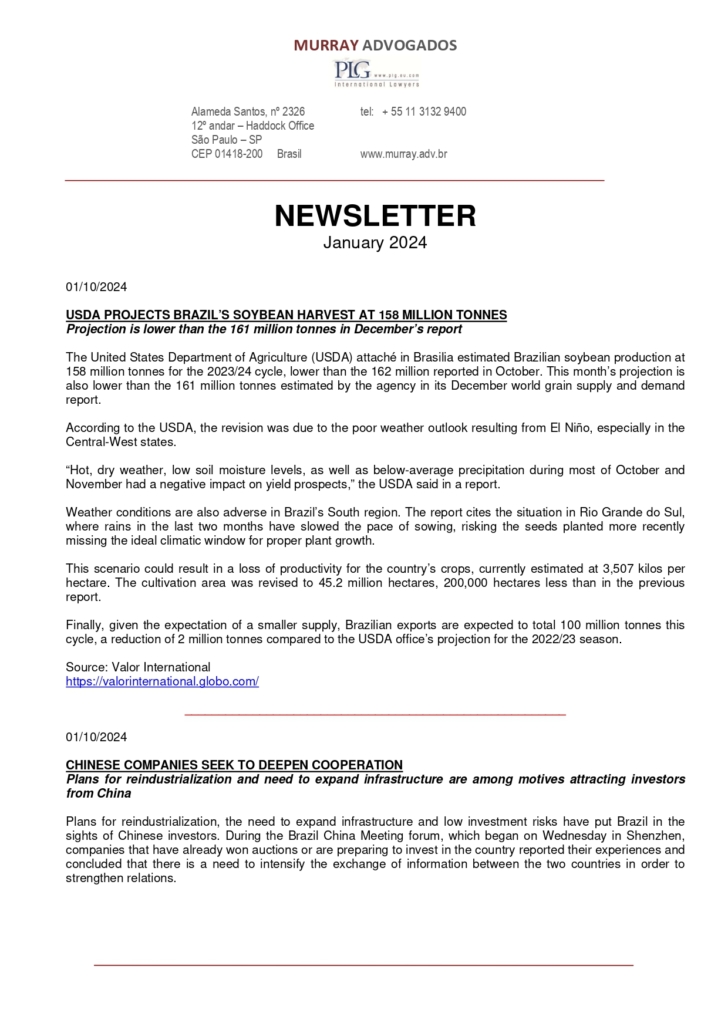
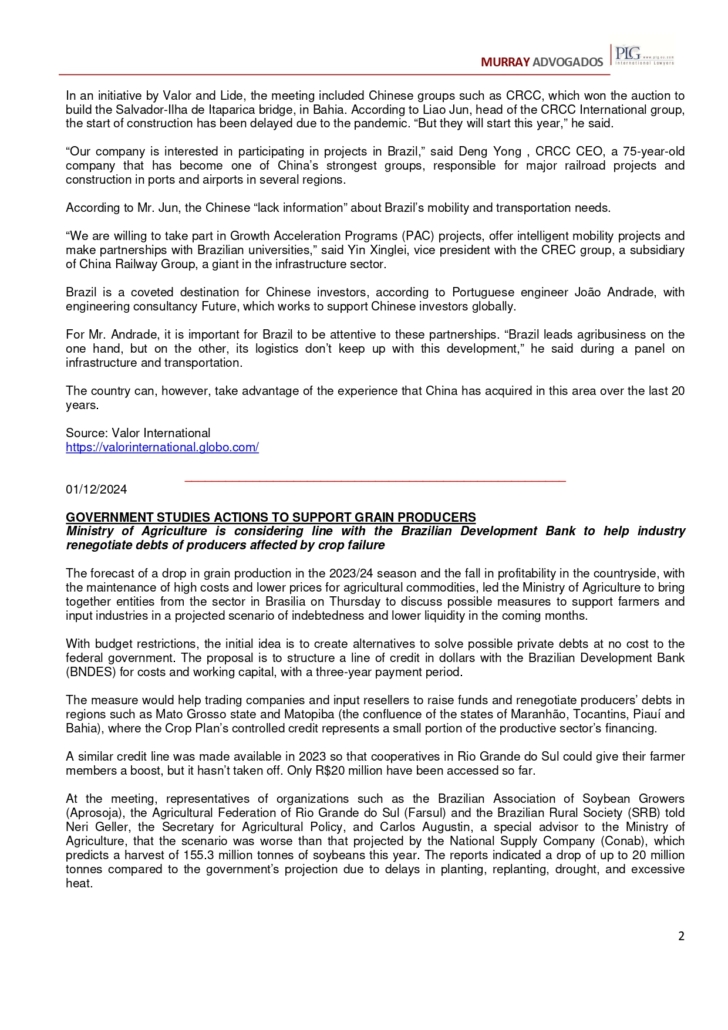
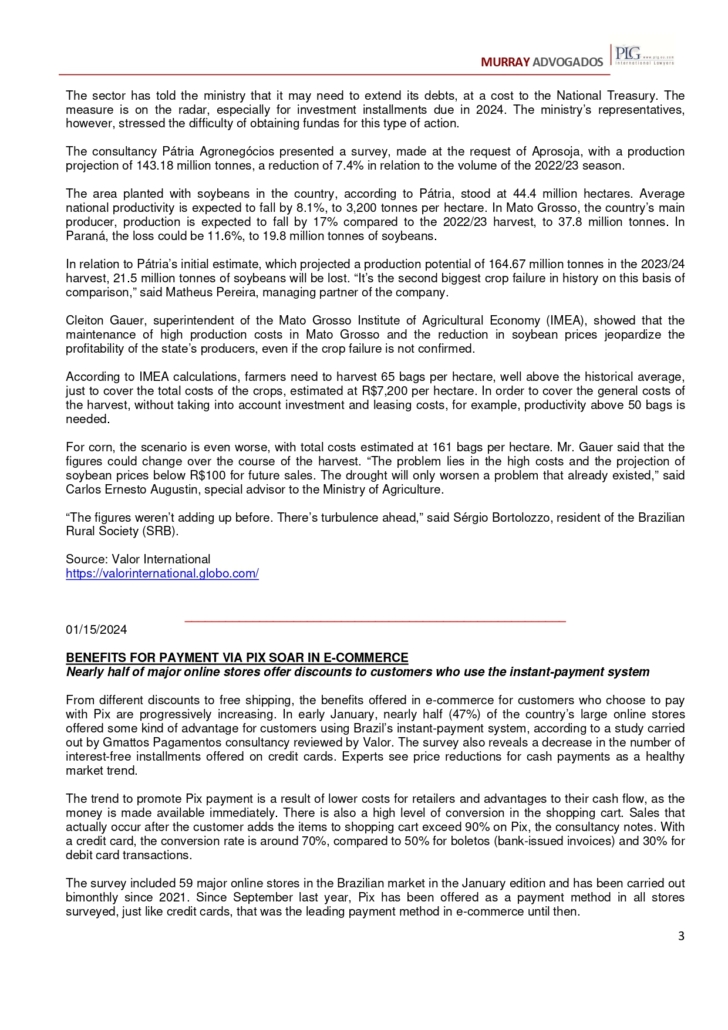
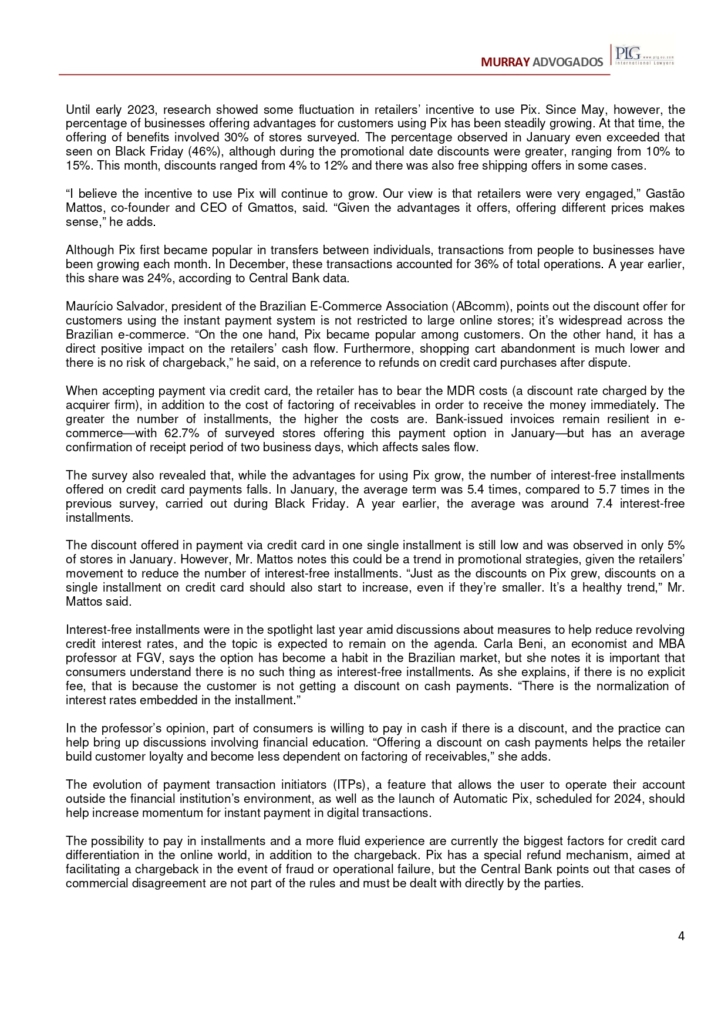

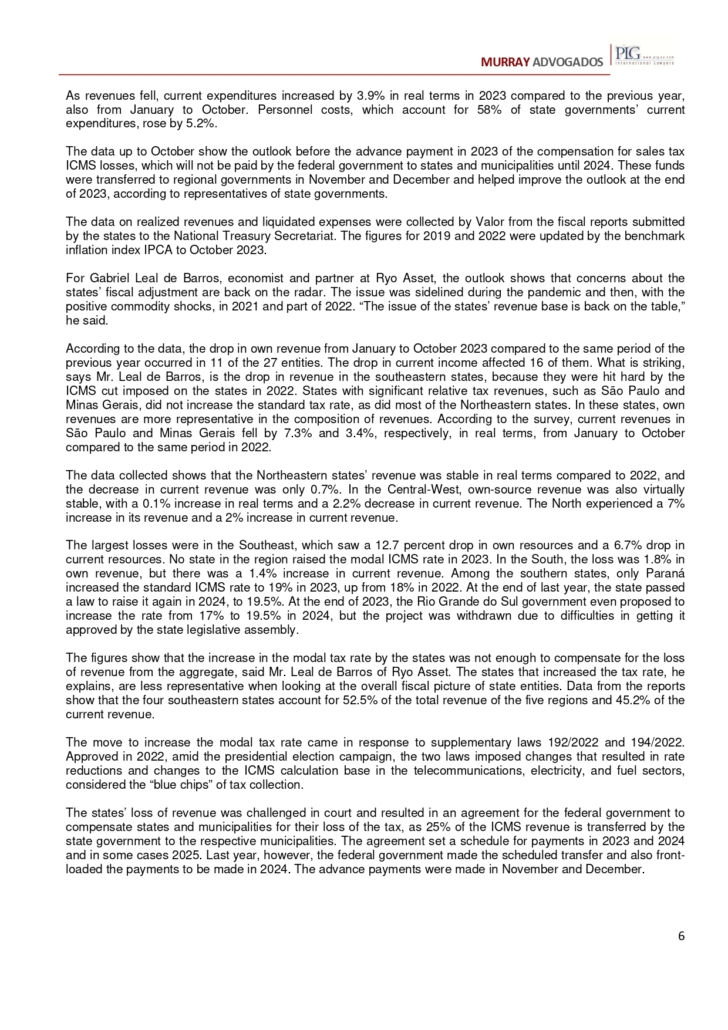
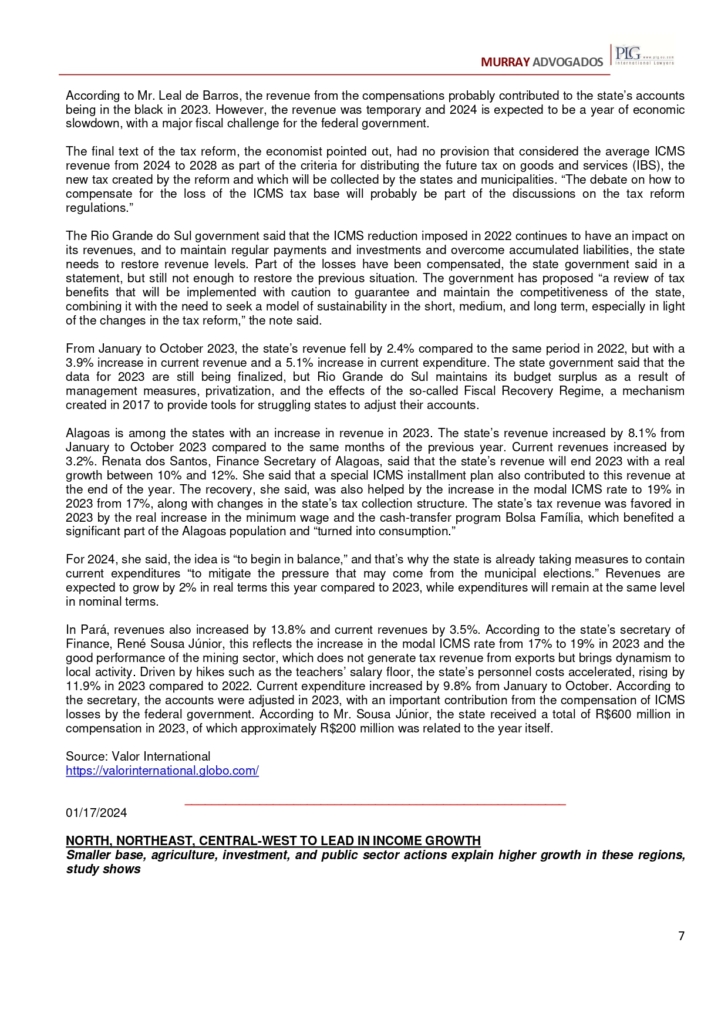
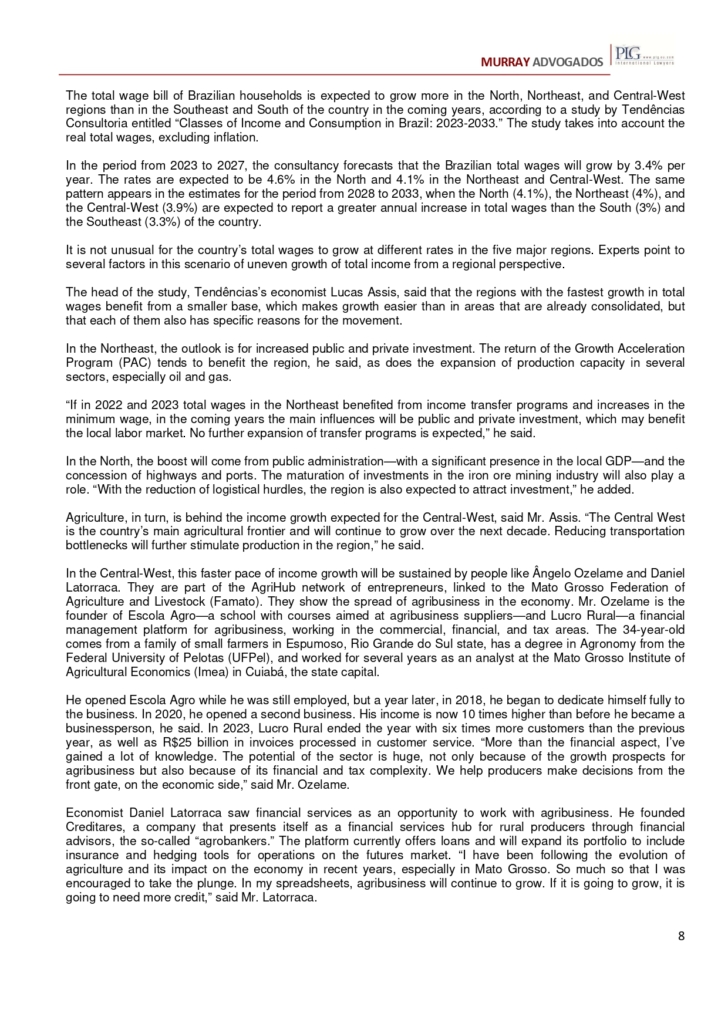
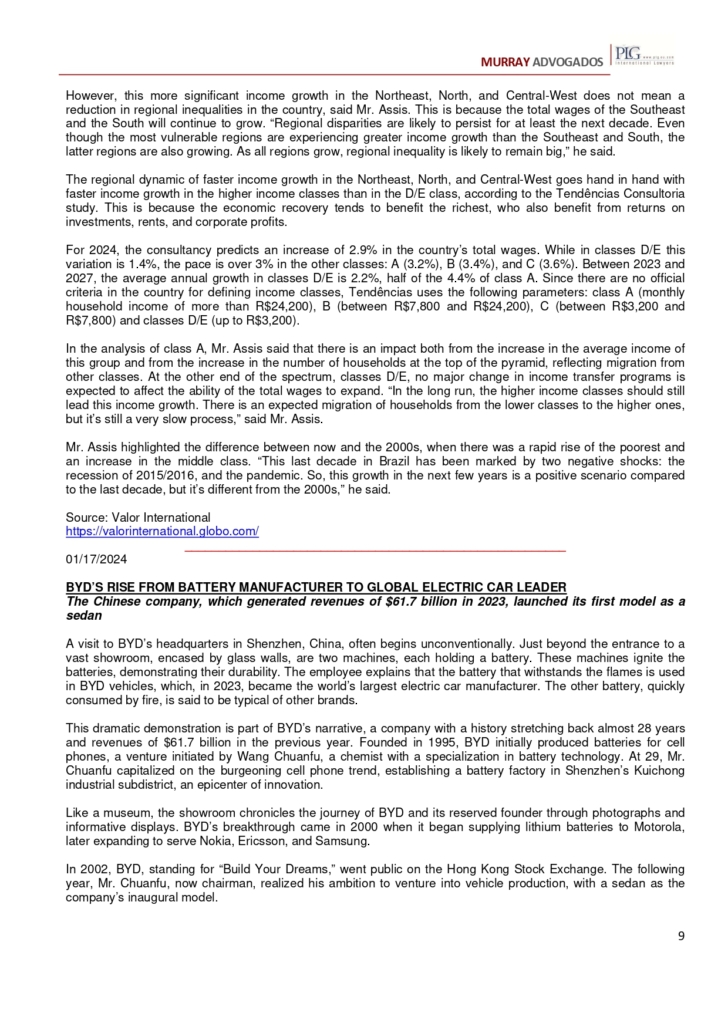
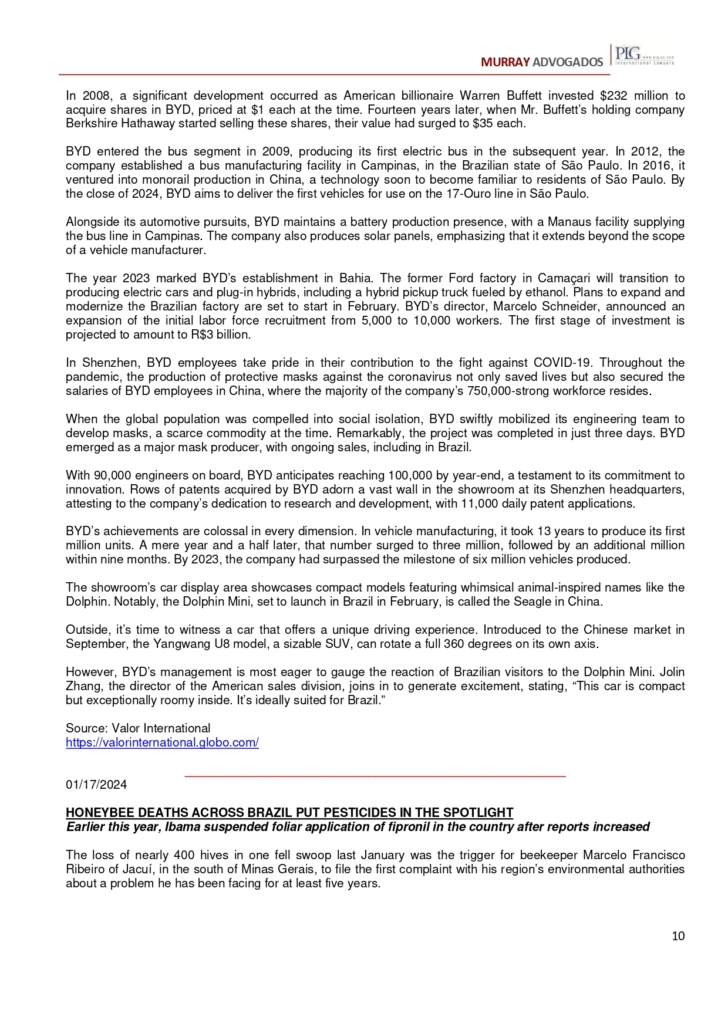
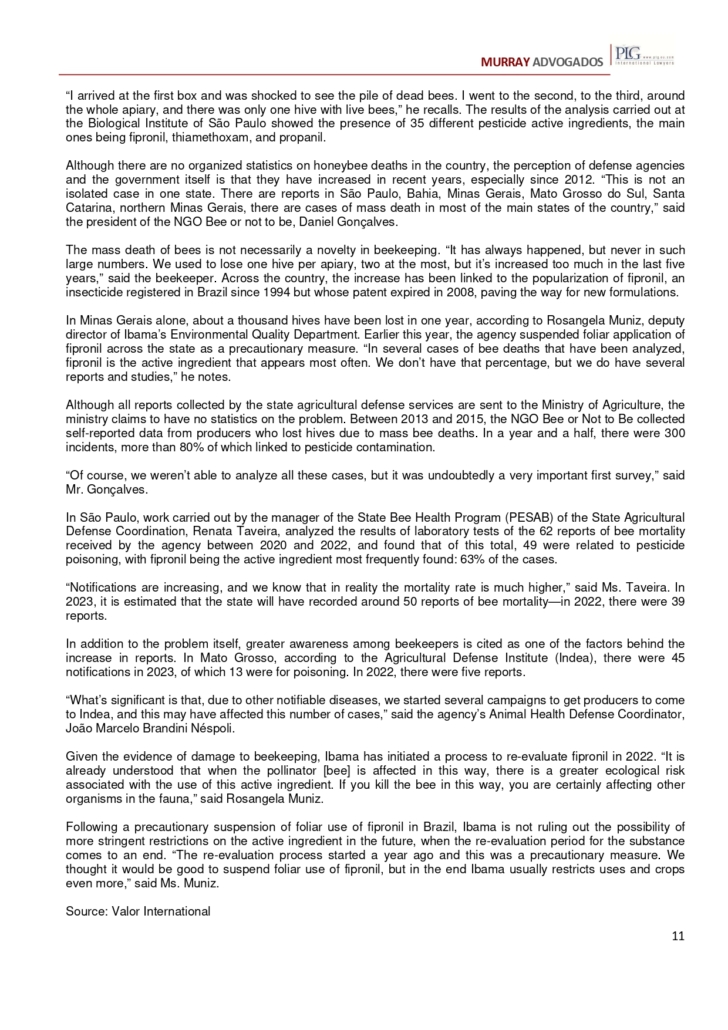
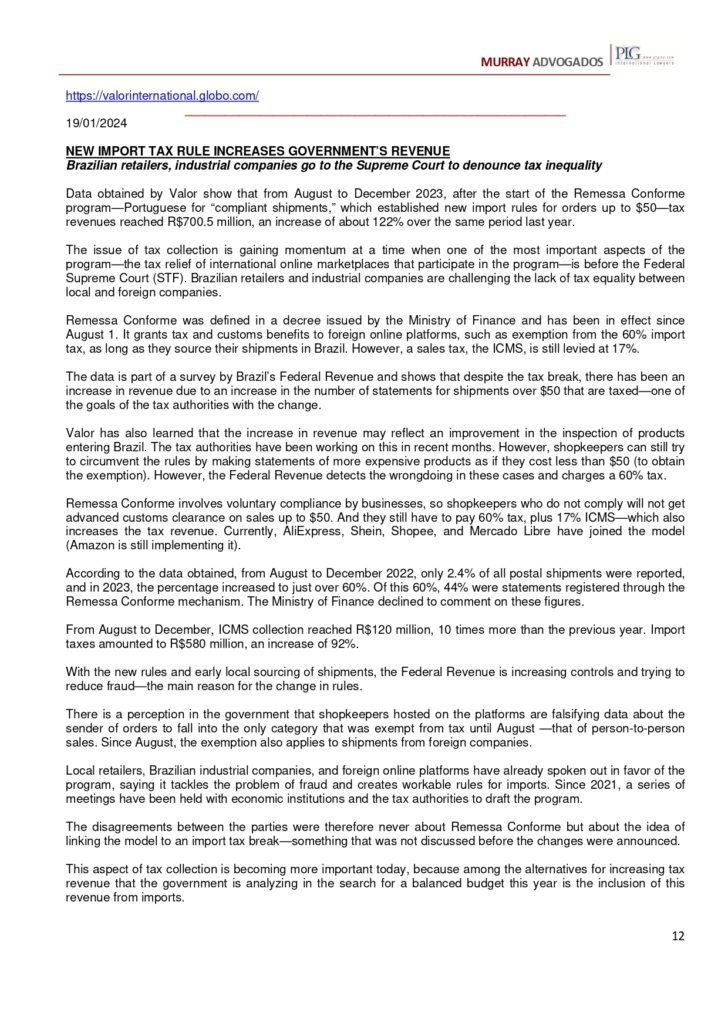
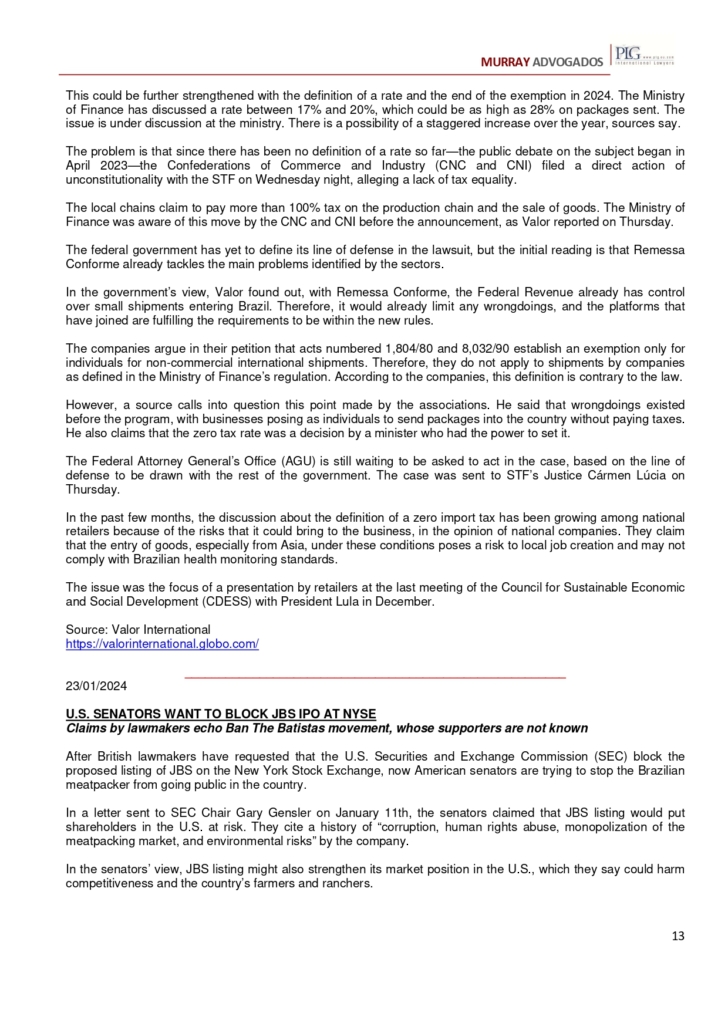

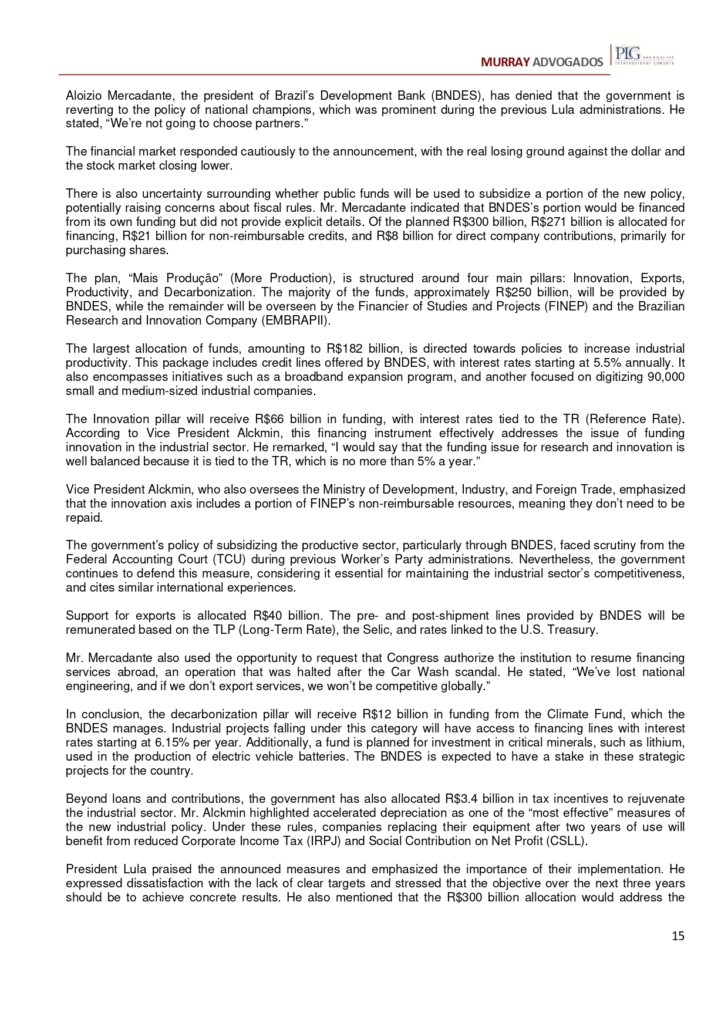
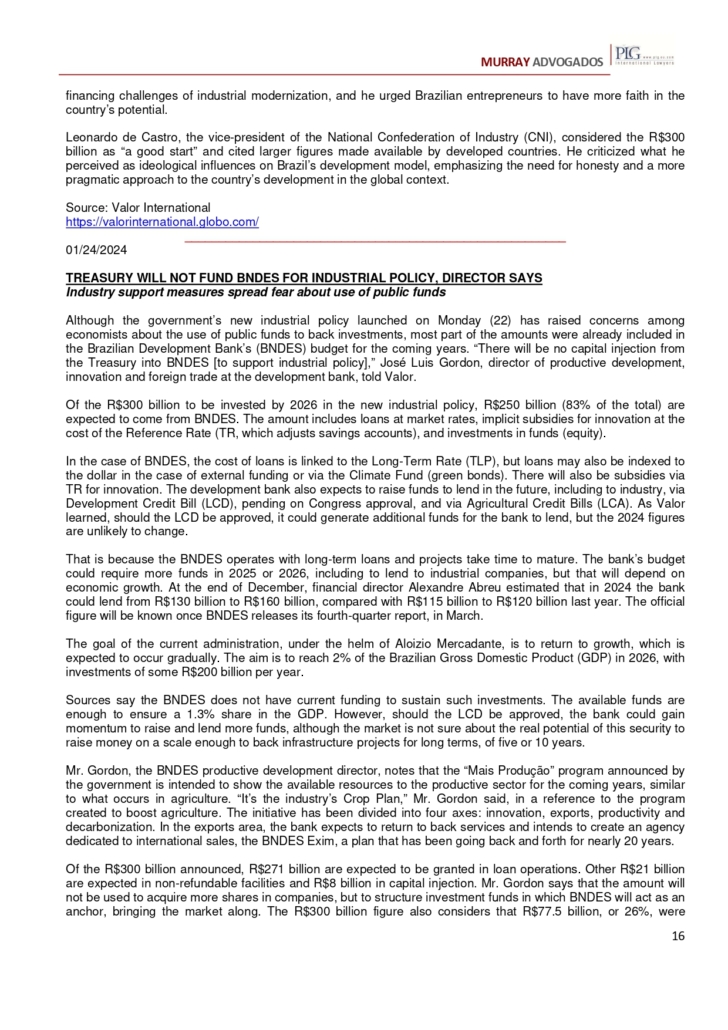
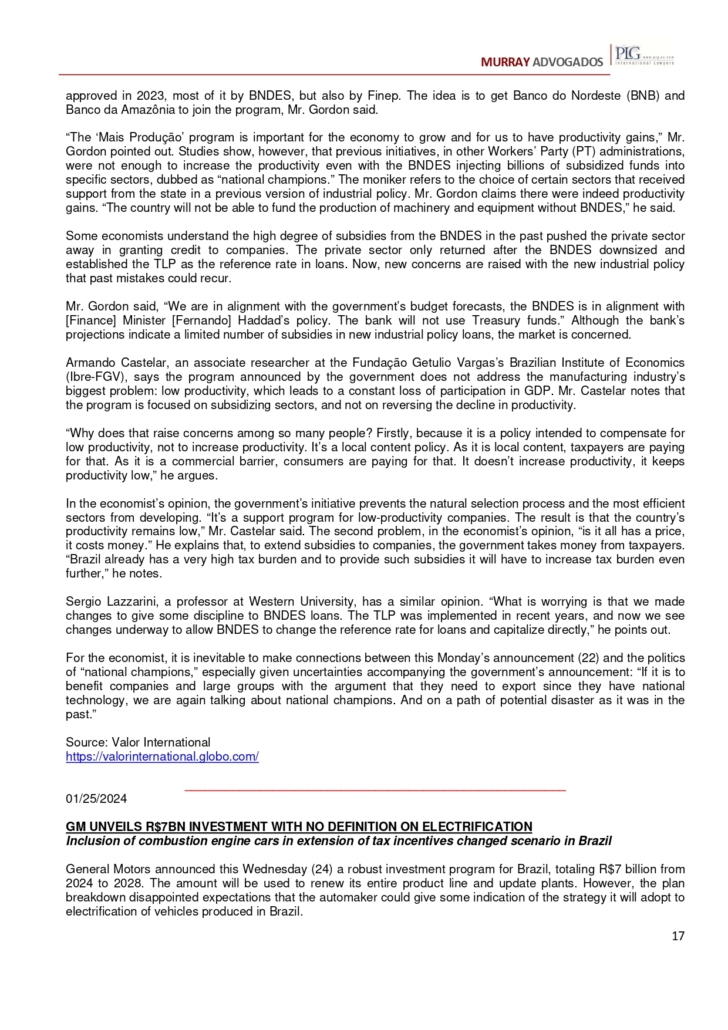

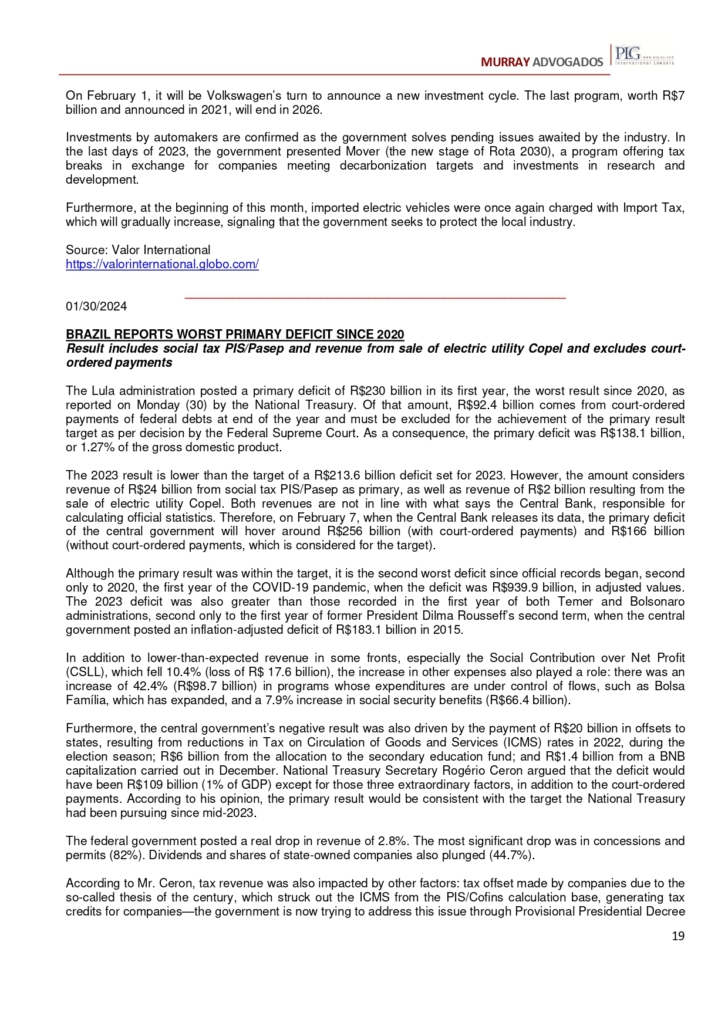
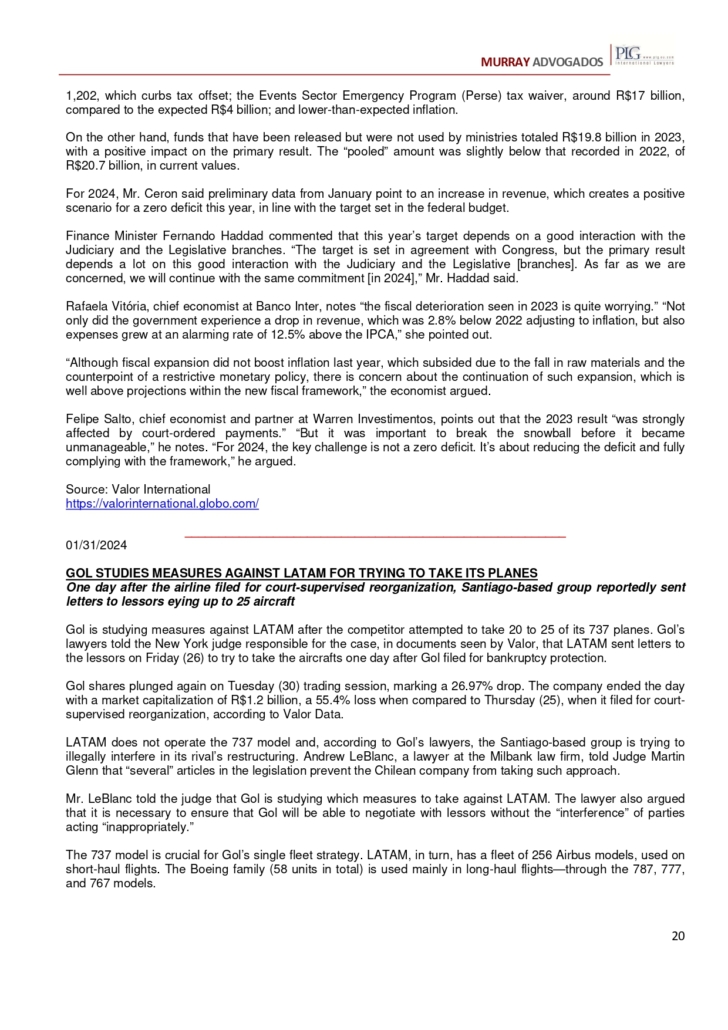
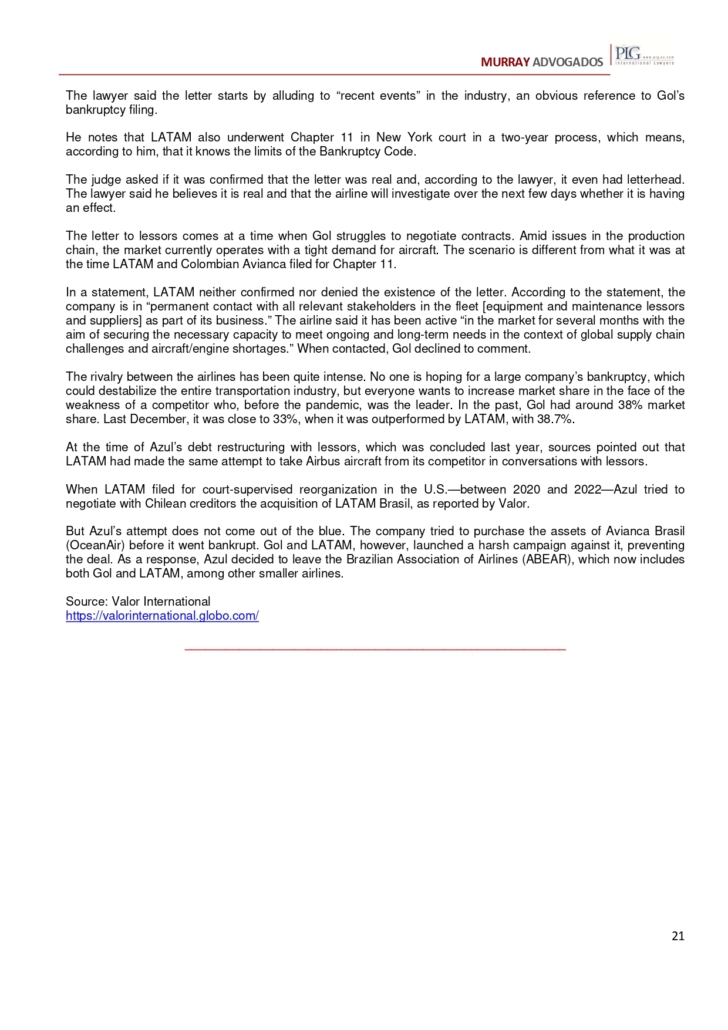


/i.s3.glbimg.com/v1/AUTH_37554604729d4b2f9f3eb9ad8a691345/internal_photos/bs/2024/S/F/19AMCQRryyM0OzdwaeoA/37942236145-819f179f73-o.jpg)
/i.s3.glbimg.com/v1/AUTH_37554604729d4b2f9f3eb9ad8a691345/internal_photos/bs/2024/m/f/FkDnfDSxi03LIRrvuaAg/gol-fabiano-rocha-agencia-o-globo.png)
/i.s3.glbimg.com/v1/AUTH_37554604729d4b2f9f3eb9ad8a691345/internal_photos/bs/2024/Z/J/V8onniS0aiomkAI2GGhg/040123-20citi-20039.jpg)
/i.s3.glbimg.com/v1/AUTH_37554604729d4b2f9f3eb9ad8a691345/internal_photos/bs/2023/a/A/uEWPk7QiOHJTnA9M3OLw/53010435334-4baa6cd436-o.jpg)
/i.s3.glbimg.com/v1/AUTH_37554604729d4b2f9f3eb9ad8a691345/internal_photos/bs/2024/8/S/slSXFzQZGzoLtYSmBPtw/105309107-comiss-c3-a3o-20de-20constitui-c3-a7-c3-a3o-20justi-c3-a7a-20e-20cidadania-20ccj-20realiza-20sabatina-20dos-20indicados-20para-20o-20sup.jpg)